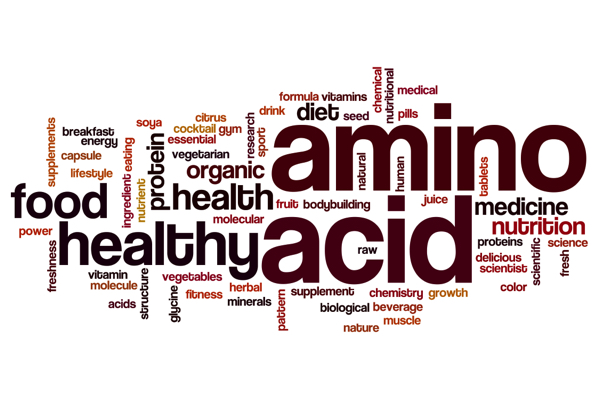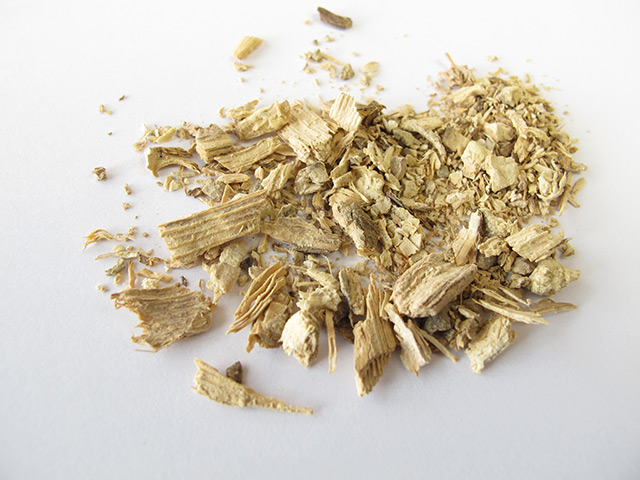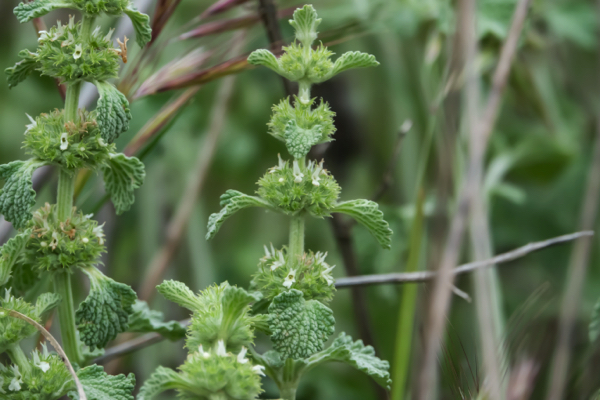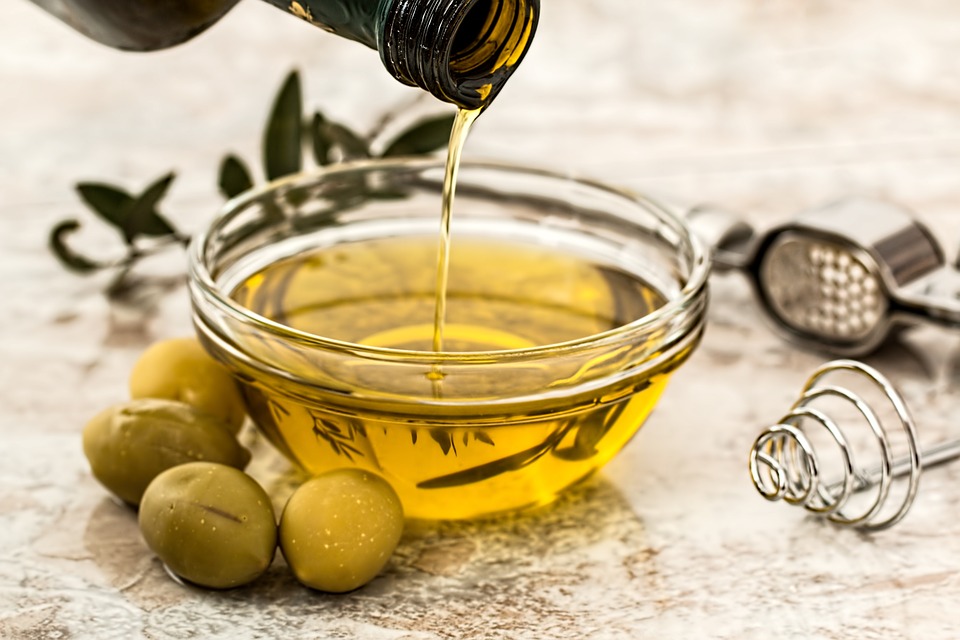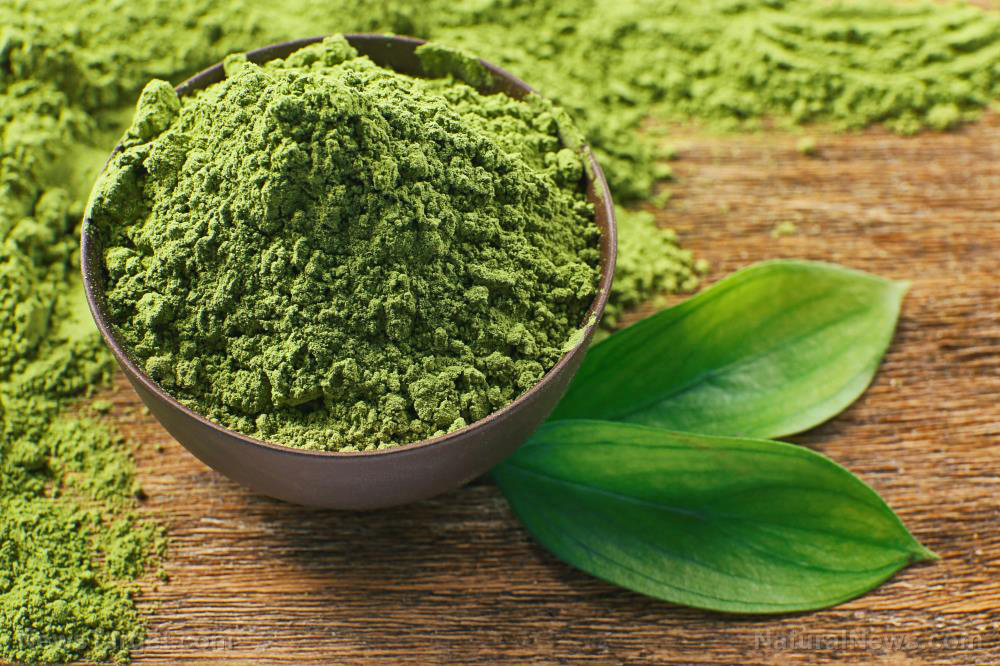Teff: An ancient super grain packed with nutrition and versatility
04/17/2025 / By Laura Harris
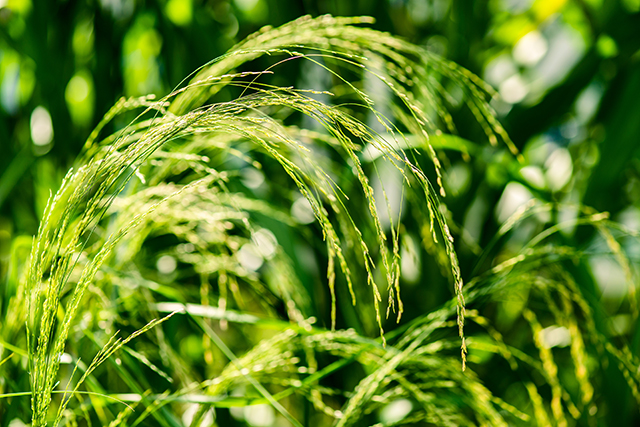
- A complete protein containing all essential amino acids, teff is also high in fiber, iron, calcium and magnesium, offering more than many popular grains like quinoa or brown rice.
- Naturally gluten-free, teff is ideal for those with celiac disease or gluten sensitivity. Its prebiotic-resistant starch content supports gut health.
- The slow-digesting carbs in teff also provide sustained energy, while its iron content helps combat fatigue and anemia.
- High in calcium, teff helps strengthen bones while its dietary fiber lowers LDL cholesterol, reducing heart disease risk.
- Used in traditional Ethiopian injera or modern dishes (porridge, baked goods), organic teff is eco-friendly and pesticide-resistant.
In the world of superfoods, few grains rival the nutritional density and versatility of teff. Often overshadowed by more mainstream grains like quinoa and oats, this tiny but mighty ingredient has been a dietary cornerstone in Ethiopia for thousands of years. With its rich nutrient profile and adaptability in the kitchen, teff is gaining global recognition as a digestive-friendly, protein-rich and mineral-packed grain.
Brief history of teff
Teff (Eragrostis tef) is Africa’s smallest grain, measuring just one millimeter in diameter, yet it delivers colossal nutritional benefits. Originating in Ethiopia and Eritrea, teff has been cultivated for over 5,000 years, making it one of the world’s oldest domesticated grains. (Related: Hey quinoa, teff may be the new gluten-free kid on the block.)
For centuries, teff remained a regional staple, forming the backbone of Ethiopian cuisine through dishes like injera, a spongy fermented flatbread. However, in the 20th and 21st centuries, awareness of its nutritional superiority and gluten-free properties led to global demand, particularly in health-conscious communities.
Today, teff is grown in Ethiopia, the U.S., Australia and parts of Europe, with industrial farming making it more accessible than ever.
Nutritional profile and health benefits
Despite its minuscule size, teff is a complete nutritional package, offering more calcium than quinoa, more fiber than brown rice, and more iron than most other grains. Here’s a breakdown of its key nutrients per 100 grams (cooked):
- 5.4 milligrams (mg) of iron (30 percent of the daily value, DV) to help fight anemia and boost energy
- 180 mg of calcium (18 percent of the DV) to strengthen bones and aid muscle function
- 8 grams (g) of fiber (32 percent of the DV) to support digestion and regulate blood sugar
- 7 g of protein (14 percent of the DV) containing all nine essential amino acids
- 184 mg of magnesium (44 percent of the DV) to reduce inflammation and support nerve function
- high amounts of resistant starch which acts as a prebiotic to feed gut bacteria
Highly nutritious and gluten-free, teff offers plenty of health benefits.
It is rich in iron, helping reduce anemia, especially in regions where iron deficiency is common. The fiber and resistant starch in teff can support heart health by helping lower LDL cholesterol and regulating blood sugar. Studies also suggest it may help prevent esophageal cancer due to its high fiber and antioxidant content.
Since it is gluten-free, teff is a great option for people with celiac disease or gluten intolerance. Its slow-digesting carbs provide steady energy and it aids digestion while easing symptoms of constipation, premenstrual syndrome (PMS), osteoporosis and abdominal cramps.
Organic vs. conventional
Teff is generally low in contaminants due to its natural pest resistance, which reduces reliance on chemical pesticides. However, conventional teff may still carry trace amounts of pesticides like glyphosate if grown in fields treated with herbicides. Additionally, like many grains, teff can absorb heavy metals such as cadmium, lead or arsenic from the soil, though the risk is typically low.
To minimize exposure to these harmful residues, opt for certified organic teff. Organic farming does not rely on synthetic pesticides and helps reduce soil pollution, protecting both consumer health and the environment.
While some grains contain phytates or oxalates that hinder mineral absorption, teff only contains modest levels. Traditional fermentation methods (like those used in making injera) further break down these antinutrients, enhancing the bioavailability of teff’s nutrients. Organic teff also offers higher levels of beneficial compounds, such as flavonoids and carotenoids, than conventionally grown varieties, making it a nutritious and safer option for long-term health.
Culinary uses
Here are some recipe ideas featuring teff that you should try for your next meal:
Traditional Ethiopian dishes
- Injera – A fermented sourdough flatbread, the national dish of Ethiopia.
- Kita – A simple, unleavened teff flatbread.
- Genfo – A thick porridge, often mixed with spices and butter.
Modern applications
- Breakfast porridge – Cook teff with milk (or plant-based milk) and top with fruits and nuts.
- Baked goods – Use teff flour in muffins, pancakes and bread for a nutty, earthy flavor.
- Soup and stews – Adds richness and extra nutrients.
- Teff polenta – A gluten-free alternative to cornmeal.
This story is not medical advice and is not intended to treat or cure any disease. Always consult with a qualified naturopathic physician for personalized advice about your specific health situation or concern.
Visit NaturalNews.com, a great article source where you can learn about superfoods and their health benefits.
You can also try Brighteon.ai, an AI model created by Mike Adams, also known as the Health Ranger. This model is available as a free download to be run locally and is designed to help share and decentralize knowledge. By doing so, it aims to bypass censorship and empower people with knowledge.
If you’re looking for an uncensored video free speech website where you can openly discuss nutrition, natural medicine, ingredients and more, check out Brighteon.com and out two free speech social media sites, Brighteon.IO and Brighteon.social.
Watch this video to learn how to properly prepare grains and legumes.
This video is from the Food Forest Abundance channel on Brighteon.com.
More related stories:
Five sensational whole grains to eat now.
Easy ways to eat more whole grains.
Whole grains, fish lower asthma risk in children.
Sources include:
Submit a correction >>
Tagged Under:
food is medicine, food science, functional food, gluten free, grocery, health science, ingredients, natural health, natural medicine, nutrients, nutrition, organics, super grain, teff
This article may contain statements that reflect the opinion of the author
RECENT NEWS & ARTICLES
HealthScience.News is a fact-based public education website published by Health Science News Features, LLC.
All content copyright © 2018 by Health Science News Features, LLC.
Contact Us with Tips or Corrections
All trademarks, registered trademarks and servicemarks mentioned on this site are the property of their respective owners.

